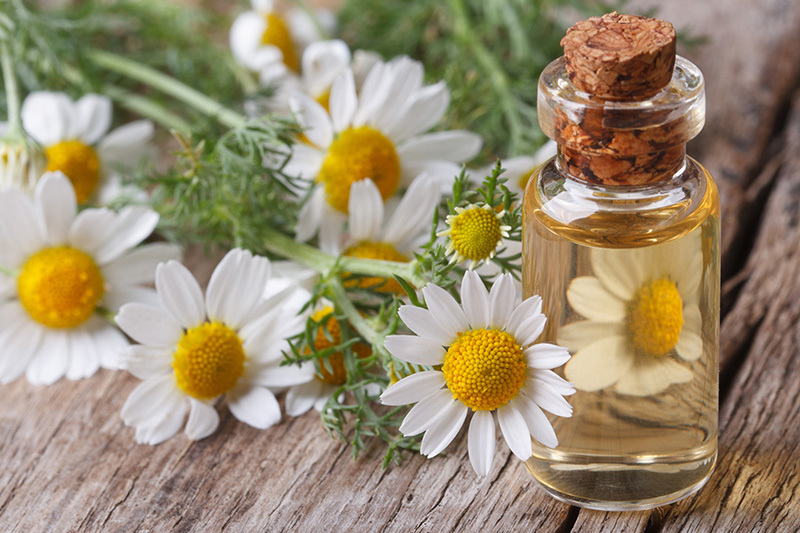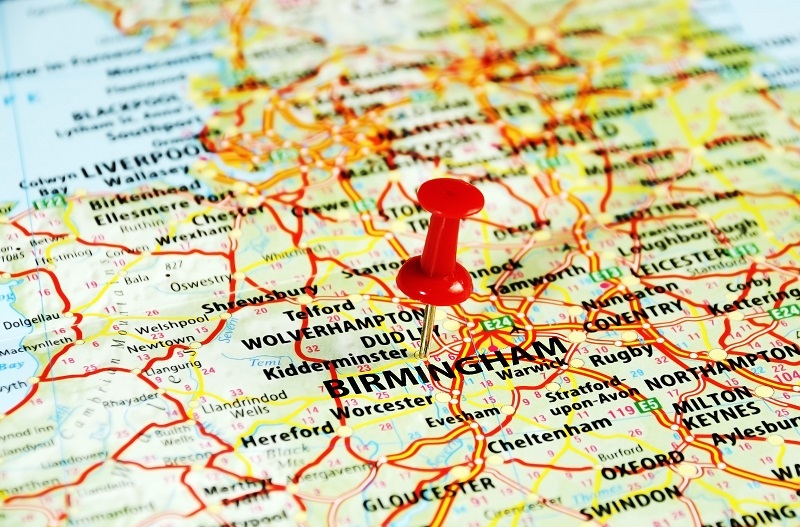Hydrangea Plant Care: Tips for Every Season
Posted on 12/06/2025
Hydrangeas captivate gardeners worldwide with their lush blooms and vibrant foliage. Native to Asia and the Americas, hydrangeas offer spectacular beauty across several varieties, each thriving with the proper care. Whether you're nurturing a garden border or enhancing your home's landscape, proper hydrangea plant care ensures thriving plants year-round. This in-depth guide covers essential tips for each season, so your hydrangeas remain healthy and beautiful from spring's first leaves to winter's slumber.
Understanding Hydrangea Varieties
Before diving into seasonal care, it's vital to identify your hydrangea variety:
- Bigleaf Hydrangea (Hydrangea macrophylla): Famous for their mophead or lacecap flowers. Usually features pink, blue, or purple blooms.
- PeeGee or Panicle Hydrangea (Hydrangea paniculata): Recognized for cone-shaped flower clusters, often white turning pink as they mature.
- Oakleaf Hydrangea (Hydrangea quercifolia): Unique oak-shaped leaves with white or pink flowers.
- Smooth Hydrangea (Hydrangea arborescens): Large, round flower heads, commonly white, like the 'Annabelle' variety.
- Climbing Hydrangea (Hydrangea petiolaris): A vine that sports lacy, white flowers.
Knowing the type of hydrangea helps tailor care for optimal blooms and preventing common problems.

Spring Hydrangea Plant Care
1. Awakening Hydrangeas After Winter
As winter recedes, spring is the time when hydrangeas awaken from dormancy. Early seasonal chores are crucial for a vigorous growing season ahead.
- Remove Mulch Carefully: Gently clear away winter mulch from the base, checking for new shoots and protecting emerging growth.
- Inspect for Damage: Prune away any winter-killed stems, being careful not to cut green buds on varieties that bloom on old wood (like bigleaf hydrangeas).
2. Spring Pruning Tips
Proper pruning enhances flower production but knowing when to prune depends on the type:
- Prune bigleaf and oakleaf hydrangeas lightly in early spring, only removing dead wood.
- Cut back smooth and panicle hydrangeas more severely, as they bloom on new wood--stimulating lush, healthy growth.
3. Fertilizing Hydrangeas in Spring
Hydrangeas benefit from a balanced, slow-release fertilizer as new growth begins. Choose a fertilizer formulated for flowering shrubs. Apply according to package directions.
- Avoid excess nitrogen to prevent lush foliage with few blooms.
- For blue hydrangea flowers, consider adding aluminum sulfate if the soil isn't naturally acidic.
Summer Hydrangea Plant Care
1. Watering During Heat
Consistent moisture is key during rising summer temperatures. Hydrangeas prefer well-drained, moist soil. Here's how to keep them hydrated:
- Soak deeply: Water at the base early in the day to minimize evaporation.
- Mulch: Reapply 2-3 inches of organic mulch to conserve moisture and regulate soil temperature.
- Signs of thirst: Wilting leaves are the first indicator--hydrangeas are quick to signal when parched.
2. Sunlight Needs in Summer
While hydrangeas love morning sun, harsh afternoon rays can scorch leaves and flowers, especially for bigleaf hydrangeas.
Place plants where they receive morning sunlight and afternoon dappled shade for vigorous growth and strong flowers.
3. Deadheading and Maintenance
- Remove spent blooms: Cut faded flowers just above a set of healthy leaves to encourage new blooms and a tidy appearance.
- Monitor for pests like aphids and spider mites: Treat early with natural solutions like neem oil if needed.
- Support large varieties: Use stakes or grow-through supports as needed to prevent sprawling.
Autumn Care for Hydrangea Plants
1. Preparing for Dormancy
As days shorten and temperatures drop, hydrangeas shift preparation for dormancy. Autumn maintenance helps set the stage for winter survival and spring renewal.
- Reduce fertilizing: Stop fertilizing in late summer to allow plants to harden off before frost.
- Water well into fall: Hydrate thoroughly before the first freeze to prevent dry root systems.
- Remove fallen leaves: Clean up around the base to deter disease and pests over winter.
2. Fall Pruning Cautions
Avoid major pruning in autumn except for panicle and smooth hydrangeas, which may benefit from a light shaping. Other types form buds for next year's flowers on old wood--pruning old wood in fall will mean fewer blooms next summer.
3. Mulching and Winter Protection
- Apply extra mulch: Add a thick (4-6 inch) layer of pine straw, shredded leaves, or bark around the root zone after the first frost for insulation.
- Cover with burlap or frost cloth: In colder climates, gently wrap with burlap to prevent wind burn and frost damage.
Hydrangea Plant Care in Winter
1. Dormant Hydrangea Maintenance
During the winter months, hydrangeas remain dormant above ground, but their roots are still alive and require basic care.
- Inspect periodically: Check for rodent activity or excess moisture under mulch layers.
- Avoid untimely pruning: Let branches remain; spent blossoms and twigs can help insulate lower buds.
2. Special Tips for Harsh Winters
- Shield from ice: If heavy snow or ice is expected, gently tie canes together to prevent breakage.
- Container hydrangeas: Move pots to protected spots like an unheated garage when temperatures dip below 20?F (-6?C).
Common Hydrangea Plant Problems and Solutions
1. Yellowing Leaves
- Possible Cause: Overwatering or poor drainage.
- Solution: Ensure the soil drains well. Adjust your watering schedule.
2. Lack of Blooms
- Possible Cause: Incorrect pruning, insufficient sunlight, or late spring frosts.
- Solution: Learn your hydrangea's bloom habits and prune accordingly. Protect from late frosts and ensure ample morning sunlight.
3. Leaf Spots and Mildew
- Possible Cause: Fungal diseases from wet foliage and poor air circulation.
- Solution: Water at the soil base, not over the leaves. Space plants to allow airflow, and remove affected leaves quickly.
Changing Hydrangea Flower Colors
Did you know you can change the color of certain hydrangeas? Specifically, bigleaf hydrangeas can display blue or pink blooms depending on soil chemistry:
- Blue flowers: Grow best in acidic soil (pH 5.2-5.5). Add aluminum sulfate or sulfur.
- Pink flowers: Prefer alkaline soils (pH 6.0-6.2). Add lime to reduce soil acidity.
Note: White hydrangeas generally remain white and do not change color.
Hydrangea Plant Care FAQs
When is the best time to plant hydrangeas?
Early spring or fall (before the ground freezes) are prime times to plant hydrangeas. This gives roots time to establish before the demands of summer growth or winter cold.
Do hydrangeas do well in pots?
Absolutely! Many varieties, particularly the compact types, thrive in containers. Use high-quality potting soil, ensure good drainage, and water conservatively to avoid root rot.
How often should I fertilize my hydrangeas?
Once in early spring and again (if needed) in late spring is plenty. Avoid late-summer fertilization, as it can promote tender new growth that's susceptible to autumn frost.

Year-Round Hydrangea Care Checklist
- Spring: Remove winter mulch, prune as necessary, fertilize, monitor growth.
- Summer: Water regularly, mulch, deadhead spent blooms, protect from extreme heat.
- Autumn: Cease fertilizing, deeply water, tidy up plant bases, increase mulch for winter.
- Winter: Inspect mulched beds, avoid pruning, protect young plants from harsh winds and freezes.
Conclusion: Grow Beautiful Hydrangeas All Year
Caring for hydrangeas is a rewarding experience for new and seasoned gardeners alike. Their resilience and spectacular blooms make them a staple in gardens across the globe. By following these seasonal tips for hydrangea plant care, you'll enjoy lush growth and unparalleled floral displays year after year. Remember to tailor care to your specific hydrangea variety and local climate for best results.
Ready to grow and nurture thriving hydrangeas? Start this season by implementing these expert tips, and treat yourself to a garden bursting with color and vitality every year!







